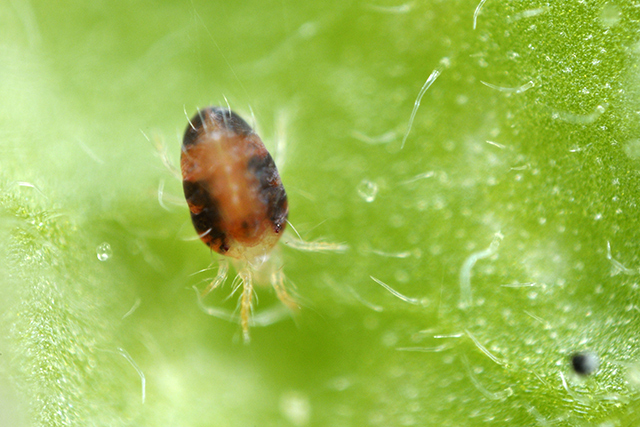Elimination diet – sources, health benefits at NaturalPedia.com
12/15/2017 / By Janine Acero

The elimination diet is one of the most effective ways to identify, reduce and even reverse the symptoms of potential food issues such as allergies, intolerances or sensitivities, or any gastrointestinal-related complaints.
In this diet, you remove certain foods or entire food groups for a period of time to determine these food issues and other troublesome symptoms.
After two to eight weeks’ time, you slowly reintroduce specific foods and monitor your body for possible reactions, identifying food allergies or intolerances. The diet plan is generally administered by a medical professional and lasting two to eight weeks.
Elimination diets have been around for about 30 years. It is important to note that elimination diets are not intended for weight loss. They should only be used to determine food allergies and intolerances, according to an article on Self.com.

Health benefits of the elimination diet
The elimination diet helps you identify, and minimize the symptoms of, any potential food issues, including:
- Food allergies – Hives, shortness of breath, wheezing, coughing, tightness in the throat, difficulty swallowing, swelling or tingling of the tongue, pale or blue coloring of the skin, and dizziness or feeling faint.
- Irritable bowel syndrome (IBS) and leaky gut syndrome – Abdominal cramps, bloating, swelling of the stomach, diarrhea, constipation, flatulence, and passing mucus from your bottom.
- Skin conditions – Eczema, acne and hives.
- Migraine or headaches – Nausea, dizziness, visual disturbances and severe pain on one or both temples.
This diet may also help prevent learning and behavioral disorders, such as attention deficit hyperactivity disorder (ADHD).
Food items typically found in the elimination diet
The elimination diet will suggest eliminating certain foods or entire food groups from your meals for a few weeks’ time.
Examples of foods to exclude are:
- Fruits and vegetables – citrus fruits, creamed vegetables, tomatoes, potatoes, eggplant, peppers.
- Oils – margarine, butter, mayonnaise, salad dressing.
- Beverages – alcohol, coffee, carbonated drinks, artificial fruit juices.
- Animal protein – Bacon, beef, veal, sausage, cold cuts, canned meats, shellfish.
- Vegetable protein – soybean products such as soy sauce.
- Nuts and seeds – peanuts and peanut butter.
- Dairy substitutes – milk, cheese, yogurt, butter, ice cream, non-dairy creamers.
- Sweeteners – refined sugar, white or brown sugar, maple syrup, cane juice, juice concentrates, agave nectar, honey, etc.
- Grains and starch – white rice, wheat, corn, barley, rye, triticale, oats (even gluten-free), etc.
- Condiments – ketchup, relish, chutney, traditional soy sauce, barbecue sauce, teriyaki, breath mints, regular chocolate.
These foods, of course, will be replaced with fresh alternatives to identify the foods that may be causing the problematic symptoms. The foods mentioned above will gradually be reintroduced at the end of the elimination diet period.
Body systems supported by the elimination diet
The elimination diet aims to reduce and eventually reverse the negative side effects of food allergies, intolerances and sensitivities. The gastrointestinal (GI) tract and the digestive system as a whole benefit the most from this diet, as well as the skin and the respiratory tract.
Where to learn more
- Identify and eliminate food sensitivities for a healthier life
- Elimination diets gaining popularity as food supply increasingly contaminated
- How to use an elimination diet to heal
- Immunoglobulin G-based elimination diet curbs migraines and irritable bowel syndrome symptoms
- Elimination diet results in significant improvement of ADHD symptoms
Summary
The elimination diet is one of the most effective ways to identify, reduce and even reverse the symptoms of potential food issues like allergies, intolerances or sensitivities, or any gastrointestinal-related complaints by removing certain foods or food groups for a period of time.
The diet plan is generally administered by a medical professional and lasting two to eight weeks.
The elimination diet is not intended for weight loss.
Sources include:
Tagged Under: elimination diet




















